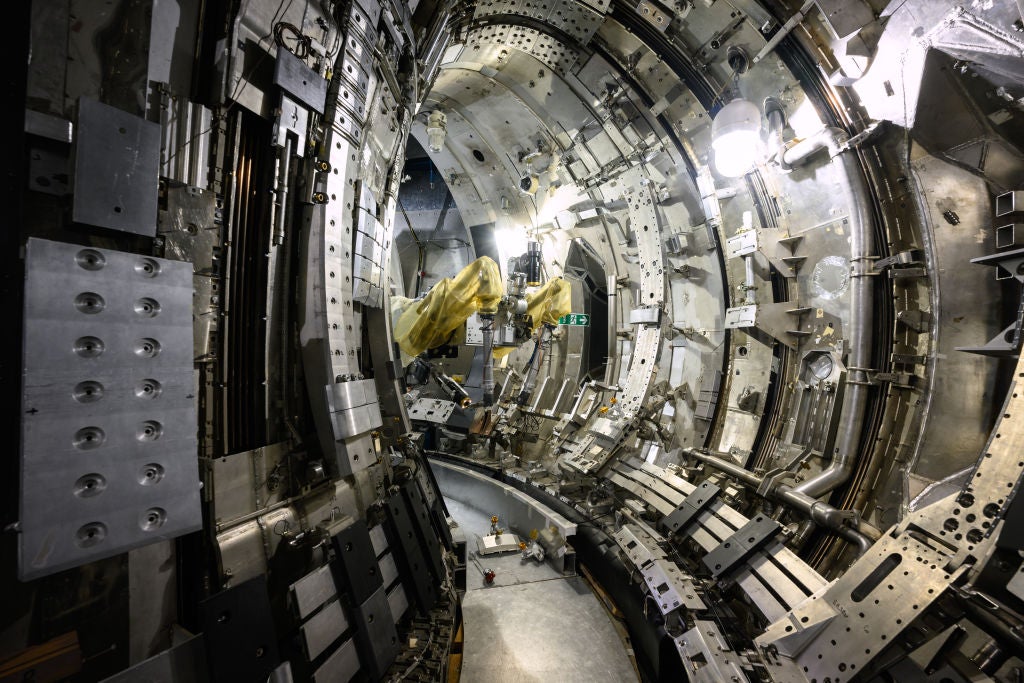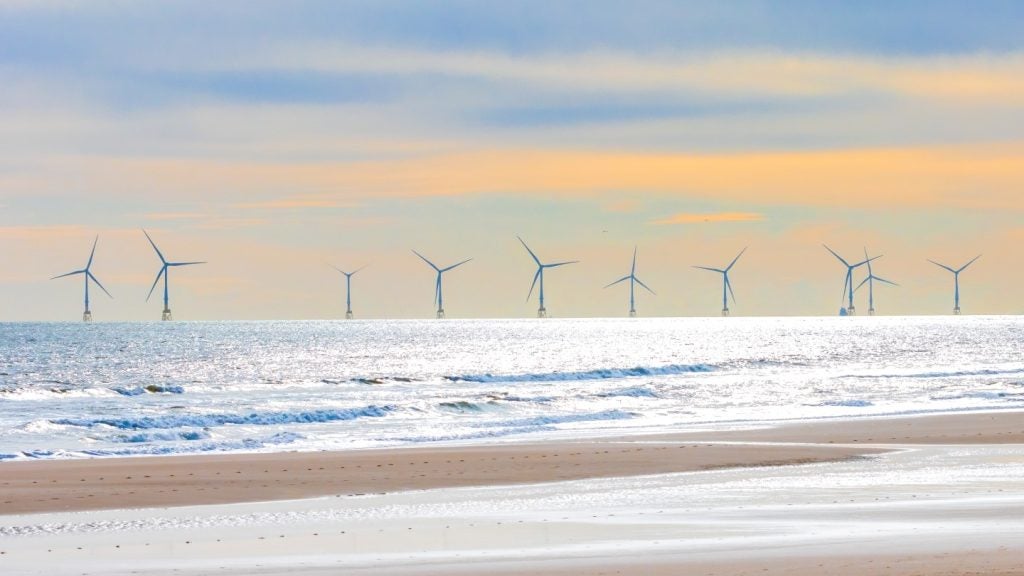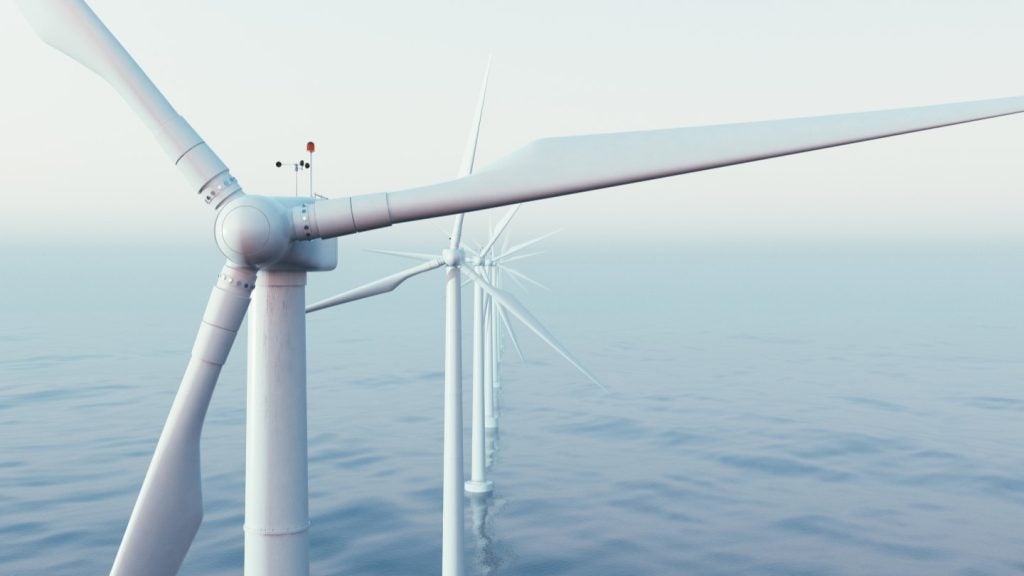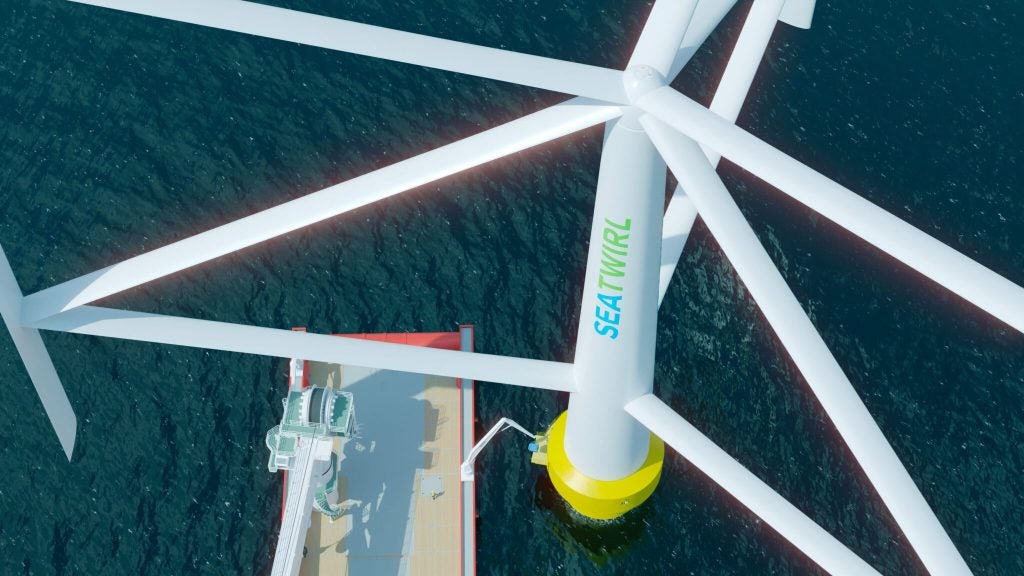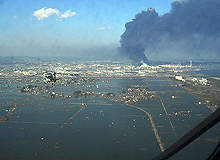
Three months have passed since the evening of 12 March, when the Fukushima Daiichi’s oldest reactor imploded, putting Japan on the verge of a nuclear disaster. Today, the crisis still shows little sign of ending. A series of equipment failures, meltdowns and releases of radioactive materials have led to the largest nuclear disaster after the Chernobyl tragedy in 1986, with no end in sight.
Hardly anyone remained untouched by the pictures that travelled around the world and have sparked a renewal of the debate over the dangers of nuclear safety. In the wake of the crisis, Germany’s coalition government has announced that all the country’s nuclear power plants will be phased out by 2022 – a U-turn for Chancellor Angela Merkel, who announced in 2010 that the government would extend the life of the country’s reactors by an average of 12 years.
Elsewhere in Italy, 95% voted in a referendum vote in June in favour of blocking a nuclear power revival in their country. Also Switzerland, which currently gets about 40% of its energy from nuclear, has announced that it would not replace the country’s five plants after they reached the end of their lifetimes between 2019 and 2034. In Japan itself, a recent newspaper poll shows nearly three quarters of respondents in favour of a phase-out of nuclear power.
Fukushima as it happened
“Fukushima left Japan and the world completely defenceless,” says independent nuclear engineer and analyst John H Large, a former academic at Brunel University’s School of Engineering in London.
The force of the earthquake, which measured 9 on the Richter magnitude scale, and the resulting tsunami, was much more than the plant’s bearing capacity. After the power supply was cut off, the on-site emergency generation failed to provide necessary backup power needed to support the control systems and to pump cooling water into the damaged reactors.
Unit 1, originally scheduled for closure in 2011, was the first reactor to explode. The blast knocked down the external concrete building but left the reactor and the steel containment structure intact. Even though radiation levels rose dramatically it was only classified as a ‘level 4 accident’ on the International Nuclear and Radiological Event Scale (INES). On 14 March, Unit 3 exploded. Plant technicians injected sea water in the reactor to control radiation but the pressure built up, leading to a hydrogen ignition.
How well do you really know your competitors?
Access the most comprehensive Company Profiles on the market, powered by GlobalData. Save hours of research. Gain competitive edge.

Thank you!
Your download email will arrive shortly
Not ready to buy yet? Download a free sample
We are confident about the unique quality of our Company Profiles. However, we want you to make the most beneficial decision for your business, so we offer a free sample that you can download by submitting the below form
By GlobalDataThe same day, a fire damaged the fifth floor of the Unit 4 building and the core isolation system of Unit 2 stopped working, which resulted in a third blast in the suppression chamber. Working under life-threatening conditions the technicians also struggled with Unit 5 and 6, as fuel rods began to overheat due to dropping water levels in the pools.
TEPCO’s failure
Looking back at the events in March, John Large is convinced that the governmental Tokyo Electric Power Company (TEPCO) and the Nuclear and Industrial Safety Agency (NISA) have failed in handling the crisis. “Within three or four days of the accident occurring I considered there was a mismatch of what was being said by TEPCO and NISA and what was actually happening. It was clear to any engineer who was the familiar with nuclear systems like the Fukushima reactor that the statements of TEPCO were wrong.”
Surprisingly, NISA accepted TEPCO’s statements without questioning them and the International Atomic Energy Agency (IAEA) was simply reiterating what was said by the company. “The whole world was looking at publications and updates, which gave the entirely wrong impression,” says Large.
“It took the Japanese government a month to actually state that this was a Level 7 accident,” Large continues, claiming that TEPCO knew within only a few hours how seriously damaged the reactors were. “But it was not until 15 May that the operator acknowledged that the fuel had actually melted down within the first 16 hours of the incident. That was quite astonishing. TEPCO had decided not to tell the world.”
If TEPCO had reacted earlier, the evacuation could have been much more efficient. Low Level Radiation Campaign (LLRC) secretary Richard Bramhall agrees with Large, saying that the handling of the crisis has been cynical. “All are to be criticised for failing to admit the scale of releases of alpha-emitting nuclides,” he says. “It was obvious at an early stage that the reactors could not be stabilised.”
Lacking preparation for the worst case
Fukushima has painfully exposed the insufficiency of the safety measures, which were meant to ensure emergency power in case of a major accident. “Because of their extremely hazardous nature nuclear power plants have to have stand-alone emergency contingency measures that can be put in place, irrespective of what is going on outside the plant,” says John Large. “And at Fukushima, they clearly failed.”
Traditionally, the Japanese Nuclear Safety Commission (NSC) believed that no serious accident could take place as long as safety guidelines were followed. The officials revised their policy in May 1992, as a result of the accident at the Three Mile Island nuclear facility in Pennsylvania, which happened 13 years earlier and was the first core meltdown of a nuclear reactor.
According to the NSC the newly implemented guidelines would reduce the risk of such accidents from an already low level. TEPCO adopted the policy in 1994 and decided to increase the number of emergency power sources. The air-cooled backup generators and the water-cooled generators at Fukushima failed nevertheless.
“We took it for granted that the quake-resistant design of our Fukushima and other nuclear plants was fail-safe,” told a former TEPCO executive to The Daily Yomiuri, Japan’s second-largest English newspaper. “But I now doubt how serious we were about preparing for a severe disaster.”
Large believes that the major problem lies in the fundamental regulatory approach to nuclear safety – not only in Japan but worldwide. Nuclear stations are not prepared for a disaster this size simply because they do not expect it to happen. He names uranium oxide fuel systems, used in plants all over the world, as the second big problem. They are unstable and produce excessive amounts of hydrogen, which was the destructive force in the case of Fukushima.
“The fuel system is absolutely integral to the reactor design so it’s not possible to actually change it,” explains Large. “So what can we do about predicting accidents? Even if we found a way to actually determine the frequency of accidents and predicting their severity, it means that plants worldwide would have to be significantly modified. And that’s not possible.”
Fukushima vs Chernobyl
John Large believes that Fukushima is far from over. Japan’s nuclear emergency response headquarters finally admitted earlier this month that reactors 1, 2, and 3 have experienced full meltdowns. Currently, three nuclear reactors and four fuel cores are exposed – all in desperate need of being cooled.
The clean-up will take years and the stabilisation of the reactors will go into 2012. One nuclear waste advisor to the Japanese government reported that about 966km² near the power station is now likely uninhabitable. “A great sway of land going towards Fukushima city is heavily contaminated,” says Large. “It is doubtful that this can ever be returned to unrestricted use. In my mind, it’s going to be rather similar to Chernobyl.”
In addition to the long-term consequences for humans, animals and agriculture, the marine environment has suffered severe contamination, sweeping radioactivity all along the Eastern seaborne coast of Japan. This will have consequences not only for the people living there but also for the fishing community. “No one will want to eat fish from Japan because it’s likely to be contaminated,” says Large.
Radiation, however, does not seem to be restricted to Japan. In the US, physician Jeanette Sherman and epidemiologist Joseph Mangano have published a report shedding light on a 35% spike in infant mortality in north-west US cities, which occurred after the meltdown at Fukushima, suggesting that it may well be the result of the fallout at the stricken plant.
What’s the future of nuclear?
Fukushima had such immediate effect on some of the most traditional nuclear producing countries that one has to ask the question about its future. However, countries such as France and the UK have withstood the trend followed by their neighbouring countries. On 23 June, for instance, British ministers named eight sites for the next generation of nuclear plants, suitable for new power stations to be built by 2025.
An incomprehensible step for Richard Bramhall: “I ascribe this to the scientific illiteracy of the political establishment in the UK, which is dominated by people who have arts degrees or none, and who kowtow to biased civil servants and nuclear industry lobbyists,” he says.
“Nuclear power providing energy is acceptable but when it goes wrong it’s absolutely dreadful,” says John Large. “However confident the nuclear industry is there’s nothing that can prevent them from accidents. Nuclear power plants do go wrong. And then it can be catastrophic.”



